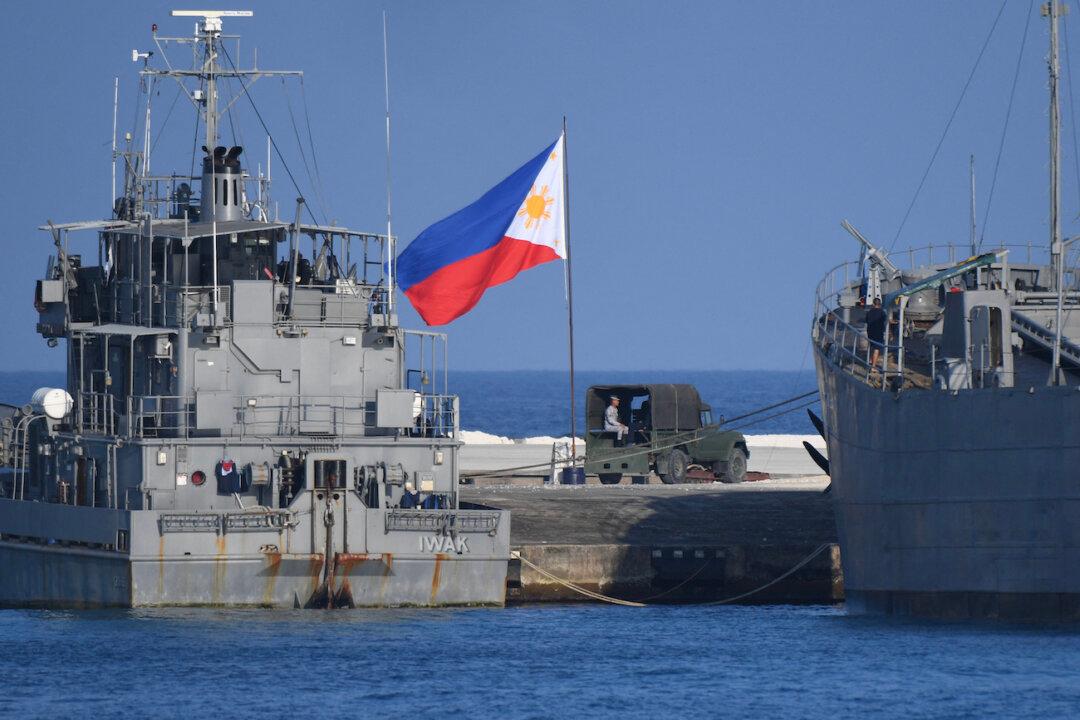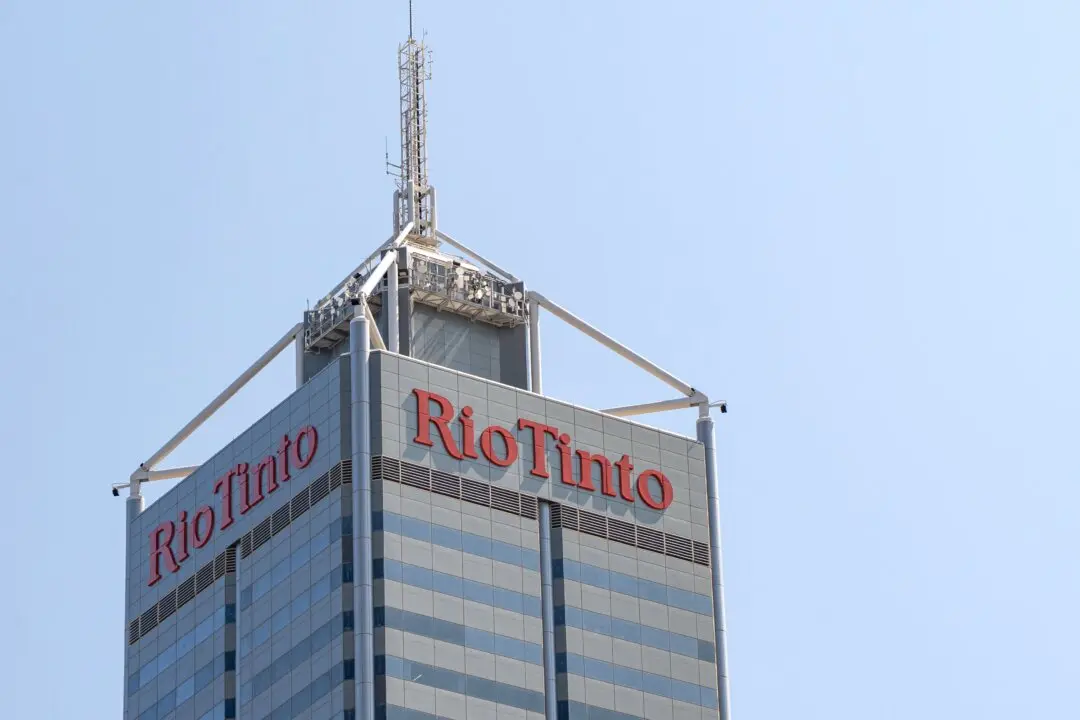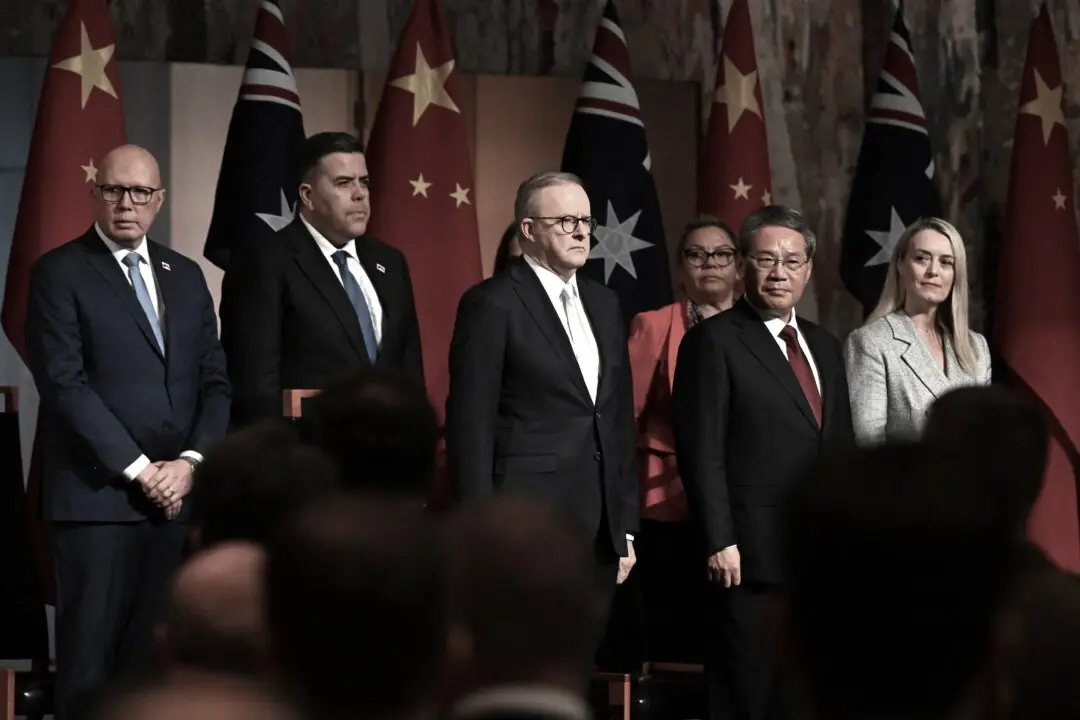As Manila and Beijing escalate their dispute over the South China Sea, Australia will join the Philippines and Japan in joint naval exercises this weekend in a clear show of support for the Pacific nation.
Beijing has long claimed almost the entire Sea as its territory, and patrols it with a fleet of coastguard vessels, some more than 1,000 km (620 miles) from its mainland.





